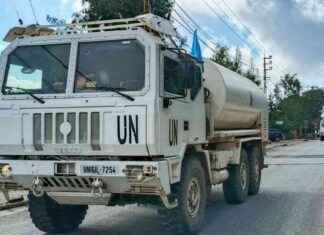The president of the employers of madrid, CEIM, John Paul Lazarus, has quantified the direct economic impact of the celebration of the end of the Copa Libertadores in the Santiago Bernabeu stadium next Sunday in more than 42 million euros. In his opinion, “this event will generate for Madrid, on the one hand, direct income and indirect offsets that are going to produce to see the match, as well as income-induced, a result of the party and the image of Madrid is going to transmit to all the world.”
MORE INFORMATION
Madrid faces the match of highest risk with the final of the Libertadores Cup The never-ending match
According to data handled by Business Confederation of Madrid-CEOE, this show is one of the most viewed in the world and the media impact that it would generate could reach a global audience of more than 200 million people, equivalent to a large campaign of advertising to multi channel global. “What is important is not the number of visitors but the average expenditure that rush, which is in line with a sustainable tourism, of high quality and compatible with the daily life”, say.
In effect, this Mouth-River, the second meeting of the Copa Libertadores, considered to be of great magnitude, it is comparable to the final of the UEFA Champions League, Betpas with the proviso that in this case we have had to organize in a space of time more limited and time attack, which generates more uncertainty, according to experts warn of consulting firms and business schools.
Comparable to the Champions
Taking this into account, these sources downplay their estimates to an amount of around 25 million euros. This figure represents half of the economic impact that marked the end of the Champions in Cardiff in 2017 between Real Madrid and Juventus of Turin, which generated revenues of 51 million euros, according to data provided by the city council of the city of welsh. Something like that in the final between Barcelona and Manchester United in London, 2011 ($50 million). However, the Milan, Real Madrid and Atletico 2016 stood at 25.2 billion, according to data from PwC.
In any case, the 50% of the expenditure is destined for the coffers of the hotels, which take advantage of these events to raise the prices. The other half broken down into the spending on restaurants and meals, which varies between 20% and 25%; the miscellaneous purchases (souvenirs, clothes, gifts…), which hover around 20%; and between 5% and 10% that goes to transit and other expenses.








